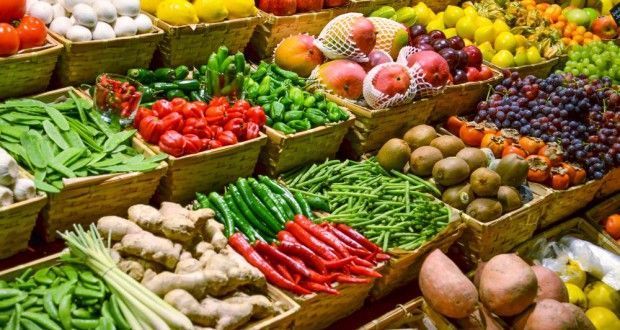Nigeria’s inflation rate in October rose as a result of increased food prices occasioned by border closures, dollar restrictions, and banditry attacks that are preventing farmers from producing food.
Consumer prices rose 14.2% from a year earlier, compared with 13.7% in September.
The food index, which accounts for more than half the consumer basket, rose 17.4%, compared with 16.66% in September. Floods, violent farm attacks, and clashes between herders and farmers continue to reduce supply. On a month-on-month basis, the food sub-index increased by 1.96% in October 2020, up by 0.08% points from 1.88% recorded in September 2020.
The major drivers of food inflation were increases recorded in the prices of bread and cereals, yam, potatoes, meat, fish, fruits, vegetable, alcoholic and food beverages and Oils and Fats.
The Headline index, on a month-on-month basis, increased by 1.54% in October 2020. This is 0.06% rate higher than the rate recorded in September 2020 (1.48%).
The Core inflation, which excludes the prices of volatile agricultural produce, hit 11.14% in October 2020, up by 0.56% when compared with 10.58% in September 2020.
The highest increases were recorded in prices of air travel, road transport, hospital and medical services, motor cars, pharmaceutical products, etc.
This is the fifth year inflation has exceeded the central bank’s target range of 6% to 9%. It will probably continue accelerating due to an end of fuel subsidies, currency weakness, typical price hikes related to the festive season and a recent order by President Muhammadu Buhari that restricts dollar access for food and fertilizer imports. That will drive traders to the parallel market for foreign exchange, where they will, in turn, pay a lot more.
While you’re here: What are Huaraches Foods?
See Also:



